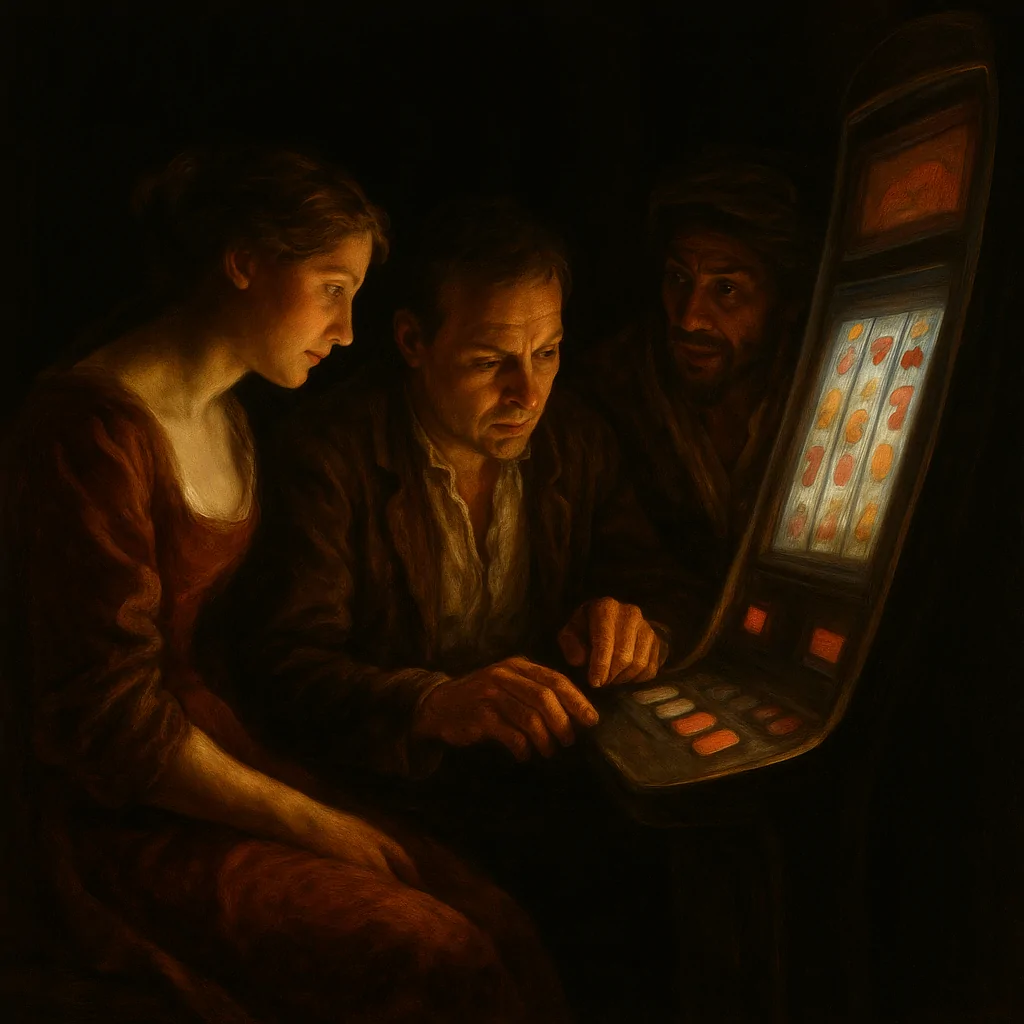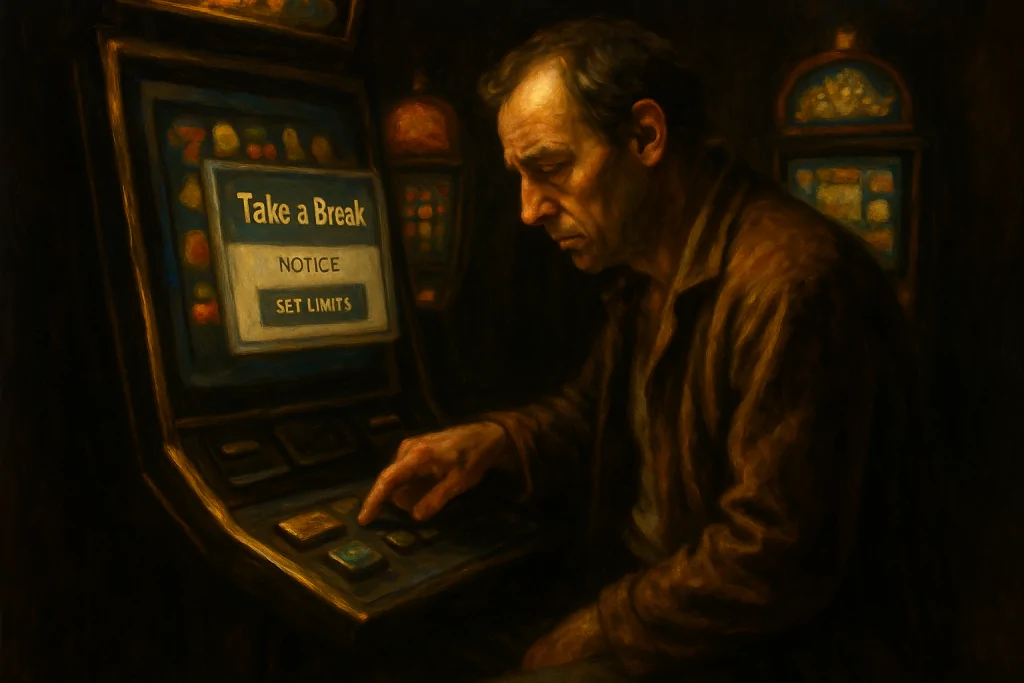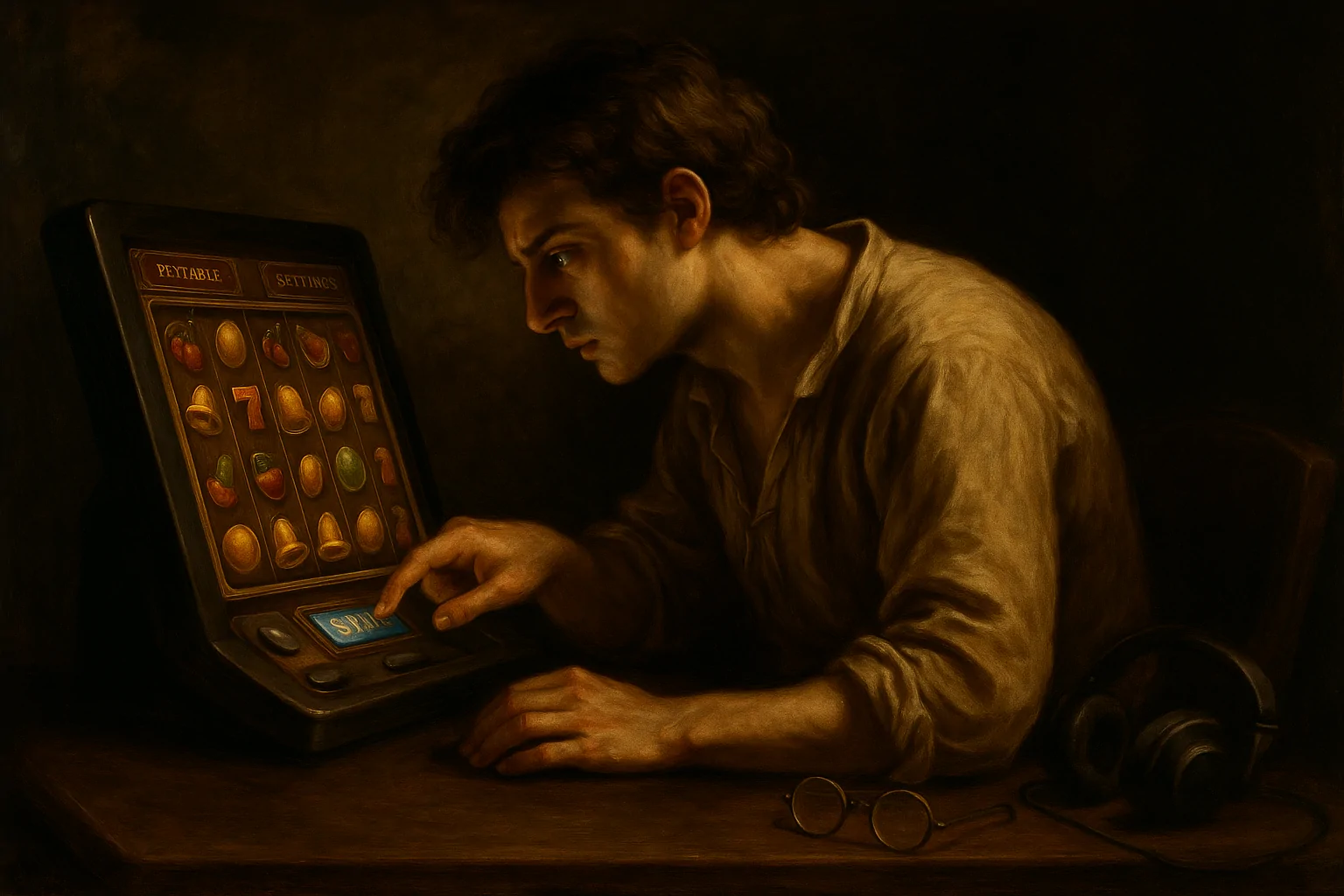How art and design are reshaping the visual and emotional worlds of online casinos — from immersive storytelling and global aesthetics to the ethical line between engagement and exploitation.
There’s something slightly chaotic, perhaps even unpredictable, about how art now shapes the world of online casinos. Rather than simply splashing colour across screens, studios are weaving together aesthetics, narrative and psychology – crafting experiences that feel deliberately imperfect. Some suggest that graphics and user interfaces now carry almost as much weight as traditional game mechanics, though it’s difficult to know where one influence ends and the other begins.
Unsurprisingly, operators are chasing visual impact. They’re designing interactions that feel natural enough to encourage return visits – not through blunt persuasion, but through subtle familiarity.
The latest titles? They’re cinematic: sprawling backgrounds, animated symbols and sequences that verge on blockbuster territory. The role of art is swelling; it’s no longer an afterthought but central to retention. In 2024, some industry observers even argue that casino visuals aren’t merely reflecting broader digital trends – they’re beginning to influence them. A few recent releases could almost pass for interactive artworks you might find in a gallery.

Visual Design Sets the Stage
Often, what lingers is a theme you’ve never seen before. Ancient Egypt and science fiction epics still appear, of course, but developers are pushing further. Online slots such as Fishin’ Frenzy Online exemplify the shift – whisking players into immersive digital spaces within seconds. Developers treat each world not as a painted backdrop, but as a living environment where every visual element serves the theme.
Artists labour over hundreds, sometimes thousands, of intricate components, each one designed to work seamlessly across mobile screens and widescreen monitors alike. Industry estimates suggest that more than 80 per cent of last year’s slot releases were built around a single, cohesive visual theme. The result? Games that do more than distract – they brand, differentiate and, crucially, hold attention in an increasingly crowded market.
Narratives and Emotional Resonance
Storytelling has quietly crept into casino design, often with growing intent. The more ambitious developers are building layered narratives that encourage players to care about what happens next – not just what spins. Fishin’ Frenzy, for instance, uses visual storytelling to deepen emotional engagement.
Exploring lost worlds or chasing hidden treasure may be well-worn ideas, but they give play a sense of progression and memory. Some studies suggest that these narrative touches can extend gameplay by as much as 30 per cent, though figures vary. Thoughtful creative leads now align visual beats with story arcs, using character art and animation to evoke emotion. Stories, after all, linger longer than static imagery – and that may be why players return, even after the thrill has faded.
User Experience and Artistic Innovation
Look closely and you’ll see interface design quietly claiming equal footing with visuals. When done well, it disappears – menus that glide, buttons that breathe, and information that’s never more than a tap away.
A 2023 study found that player satisfaction rose by roughly 25 per cent when onboarding, feedback and navigation were handled intuitively. Yet the artistry extends beyond menus: sound design now plays a key role, smoothing transitions and reinforcing mood.
Many designers also experiment with colour psychology, searching for palettes that inspire optimism, confidence or luck. Red and gold persist for good reason; across many cultures, they remain shorthand for fortune. Meanwhile, advances in 3D modelling, dynamic lighting and texture mapping make today’s screens feel almost architectural – less like a grid, more like a room you can step into. At times, the distinction between ‘game’ and ‘art installation’ all but dissolves.
Collaboration and the Global Artistic Palette
What has changed most is the breadth of creative input. Casino visuals are no longer home-grown curiosities; they’re global collaborations. Studios are recruiting artists from comics, animation, sculpture and fine art – disciplines that once sat far outside gambling’s orbit.
The results are eclectic: African motifs blend with Scandinavian minimalism, and Japanese brushwork meets modernist geometry. Industry watchers estimate that more than 60 per cent of major casino launches last year drew overtly from international art movements. It’s not always tidy, but it’s often beautiful – and sometimes indistinguishable from gallery work.
Flexibility remains crucial: what dazzles on a PC must compress elegantly onto a smartphone without losing detail or impact. Limited-edition collaborations with independent artists are also gaining traction, keeping the visual landscape restless and evolving.

Building a Safer Gaming Environment
The conversation around responsible design has never been louder – nor more vital. Good art can invite players in, but it shouldn’t push them beyond healthy limits. The most reputable studios are embracing that balance. Subtle reminders about session length, time-outs and visual cues to pause now appear as part of the artistic language itself.
The UK Gambling Commission’s 2023 findings noted that clear interfaces and timely feedback made players feel more in control and less at risk. Yet the tension remains: how do you make something captivating without crossing into manipulation?
Perhaps that’s the defining challenge of modern casino design – crafting beauty that captivates responsibly. The difference between good design and exploitation may come down to precisely that balance, a line the industry must continue to navigate with care.





